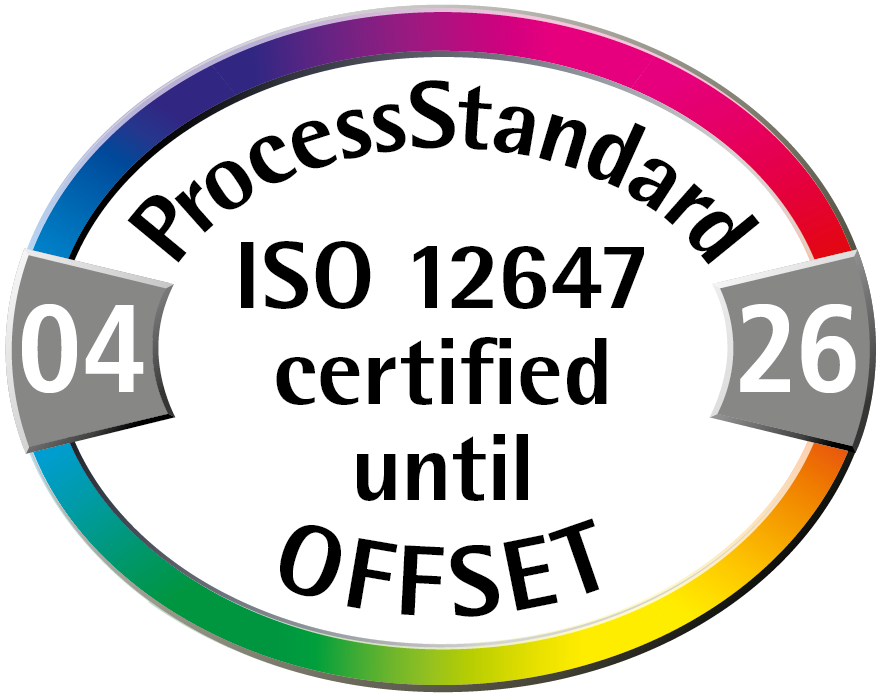Texty by: Jaromír Andrýsek
Playing the game and being on the move

My name is Jarek Andrýsek and besides being a master of bindery in FINIDR B, I am also a freelance etymologist and historian, especially of our beautiful Silesia. I will share my findings, travel tips and other interesting facts with you in this and future issues of Finidrak in a column called Silesia in Stories.
Recently,I took a look around the former Katowice shaft and I must say that I was positively surprised how such an industrial space can be transformed. After all, whenever I drove through Katowice at intervals, I had the feeling that the whole city was literally in motion. But now, when I got out of the car and saw the mining tower up close and the reconstructed buildings of the carpenter’s shop and granary with the expositions of the Silesian Museum next to it, I began to feel the transformation even more intensely.
I was also surprised to see the main exhibition space of the museum stylishly hidden underground, while the building of the National Symphony Orchestra of the Polish Radio, where we went to the concert that day, towers above it. The NOSPR is really worth a visit. The 1,800-seat music hall impresses not only with its architectural design, but above all with its acoustics. It ranks among the best in the world. In a way, it fulfils Katowice’s ambition to be the capital of Polish Silesia and to be on the move.
The idea of playing the game and being on the move is also a carrier for our company. Thanks to it, we have orders and work that feeds hundreds of people and pleases millions of those who buy our books. The moment we stop “moving” and lose the motivation to “play first”, customers will buy books elsewhere. The current state of production suggests “movement”, but are we ready to take a more challenging path and be among the best?
The FINIDR B building where I work has also been in “moove” since it was built in 1888. Times have changed, national regimes have changed, the owners of the printing house and its workers have changed, technology and processes have changed, but books continue to be produced there. The printing house itself was kind of riding the wave of a much older printing tradition and know-how that was present in the region. And not only that, there was a relationship to the book built by the personalities and currents of thought of the time. That too had its significance.
The role of the book in people’s lives was reinforced above all by Protestantism with its attachment to the Word of God and the desire to read one’s own Bible or sing from one’s own hymnbook. Jiří Třanovský, a native of Těšín, became the author of such a hymnbook. His Cithara sanctorum (Tranoscius) became the most published Czech Protestant canticle ever. In the 400 years of its publishing history, however, it was printed more abroad than in Těšín. Another priest, this time Catholic and Enlightenment, Leopold Šeršník, after returning from his time in Prague’s Clementinum, decided to elevate his hometown by opening his collections to the public (1802). He became the founder of the oldest museum in Austrian Silesia and Moravia. The volumes from his library are now managed by the Těšín Library (Książnica Cieszyńska) and the Museum of Silesia (Muzeum Śląska Cieszyńskiego). Both institutions are worth a visit and remind us that the printing tradition in the region has deeper roots and is linked to education promoting imagination and understanding of the world.
I recommend all fans of the bookbinding craft to use the Night of Museums in May to visit the workshops of the Těšín Library (Książnica Cieszyńska) with explanations and practical demonstrations of the reconstruction of historical volumes. You’ll learn everything from how to fill in missing paper on the edges of old sheets to making leather covers and metal locks in less than two hours. Such a look back at the original technologies can be an inspiration for the present day. Moreover, it can broaden our outlook and interest in the field that sustains us. Most important of all, however, is motivation, it is what keeps a person going and makes them bring out the best in themselves.






